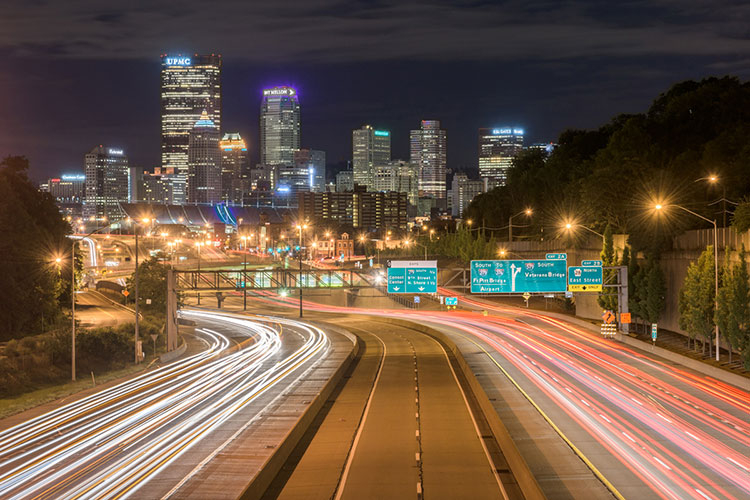mark95476
Active Member
You have a lot to say and little makes sense or stands up to any sort of superficial scrutiny.
Waymo is L4 (or whatever) so it has some implied and claimed (no disengagements in xxxx miles) safety stats, right? Even one video/instance out of a few dozen is not good sign and raises valid concerns.
Waymo is L4 (or whatever) so it has some implied and claimed (no disengagements in xxxx miles) safety stats, right? Even one video/instance out of a few dozen is not good sign and raises valid concerns.
It is laughable that you believe that. Waymo is literally a L4 autonomous car that can do all the driving tasks. There is dozens, if not, hundreds of capabilities that Waymo has, that Tesla lacks. For example, Waymo cars can pull over automatically for emergency vehicles, which Tesla's FSD can't do.
You just choose to see what you want to see.
Yes, I saw the video. Waymo messed up. And the Remote Assistance made the Waymo screw up. But you can't judge all of Waymo based on one video. Even you should know that! You have to look at the total picture. You can't just cherry pick one video. There are other videos of Waymo handling construction zones just fine. And there are lots of videos of Waymo driving just great.



